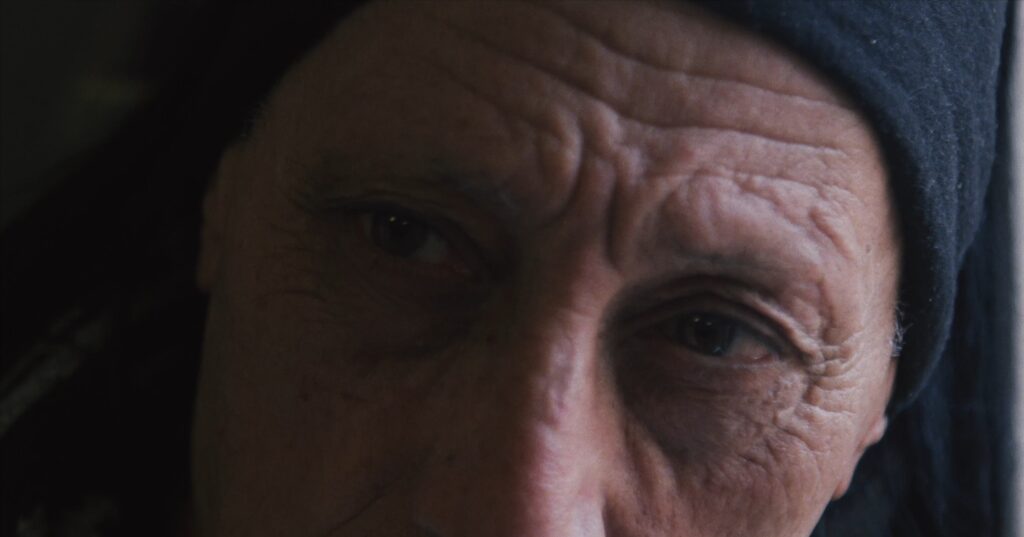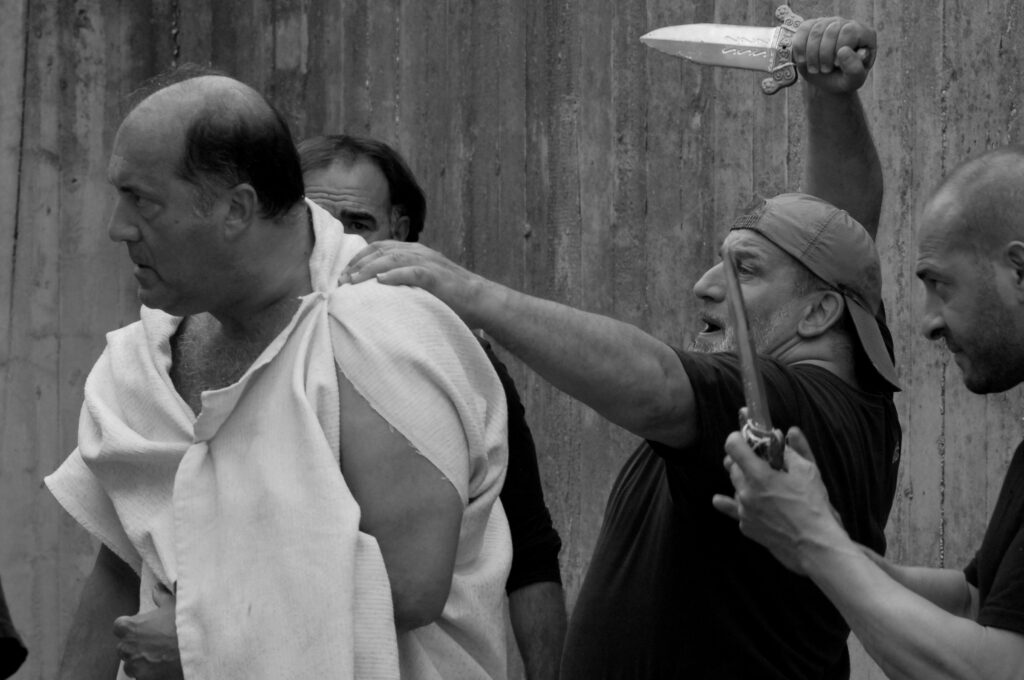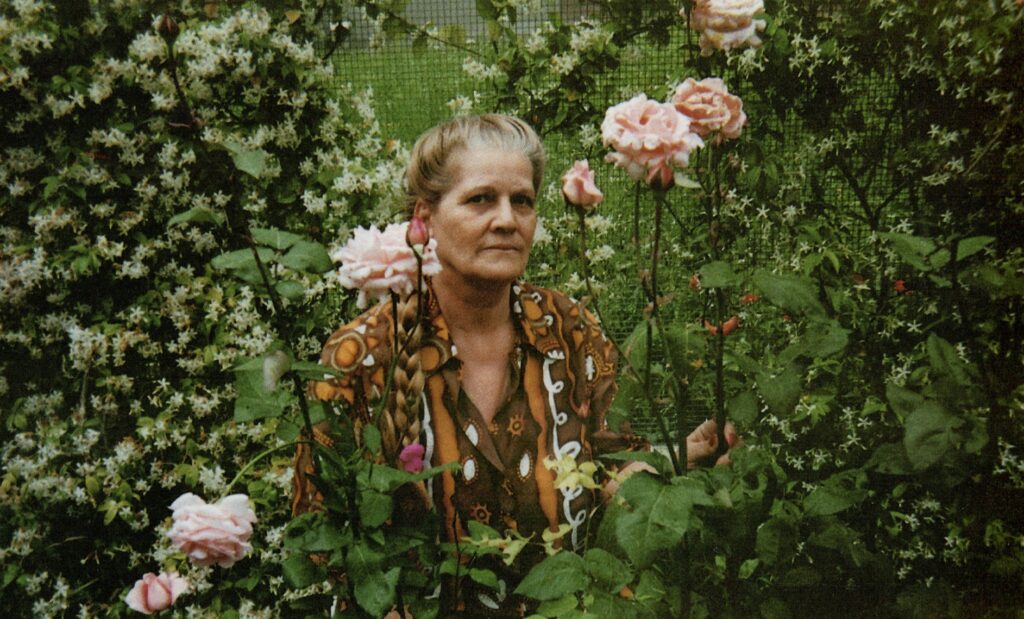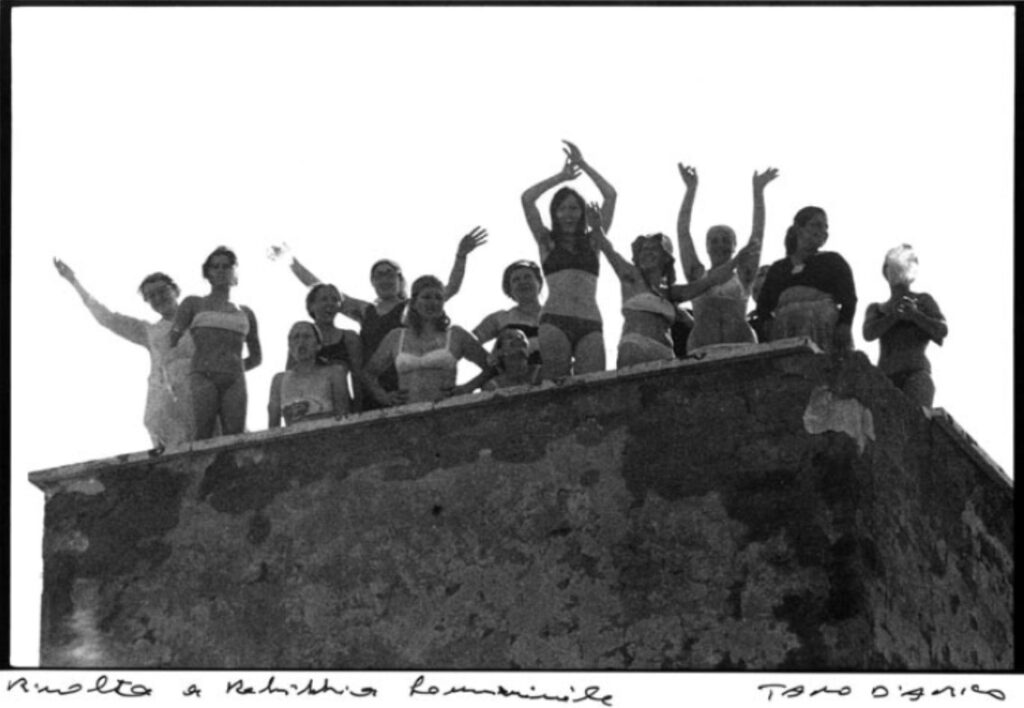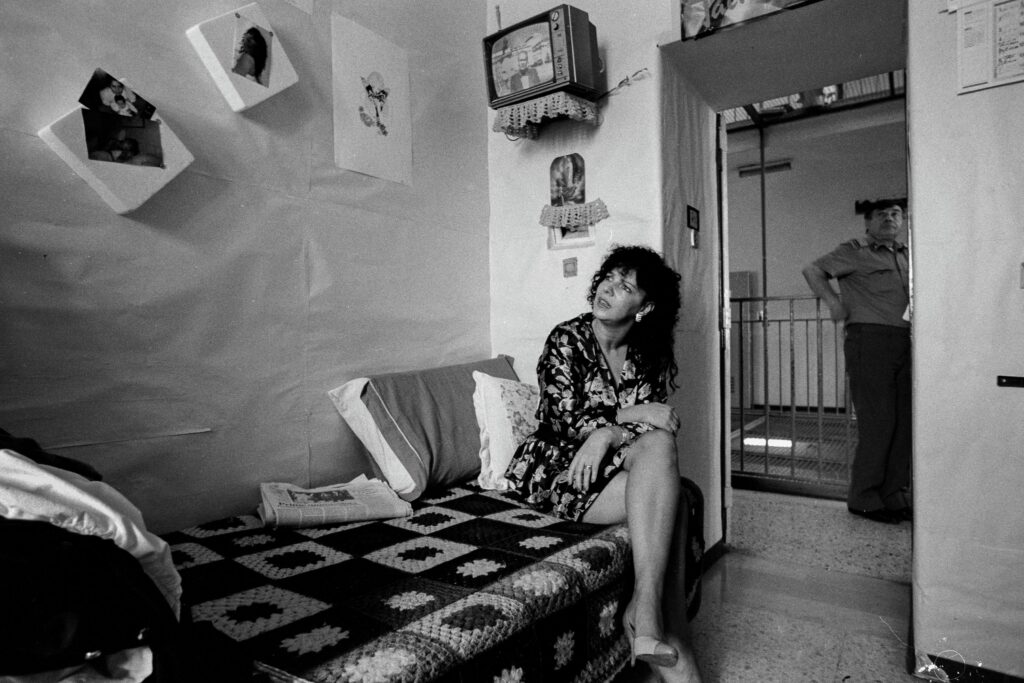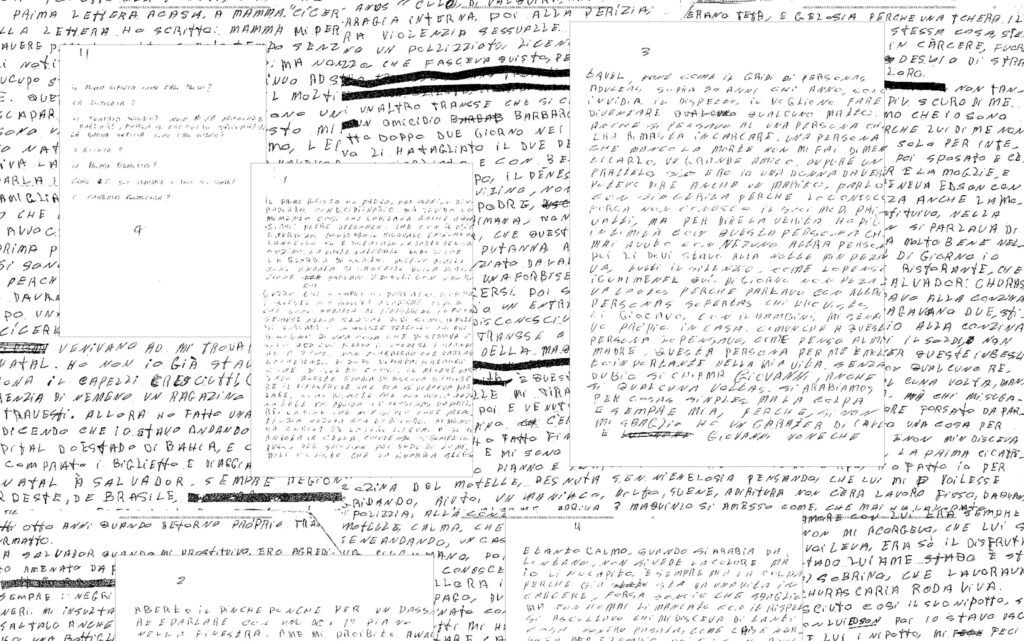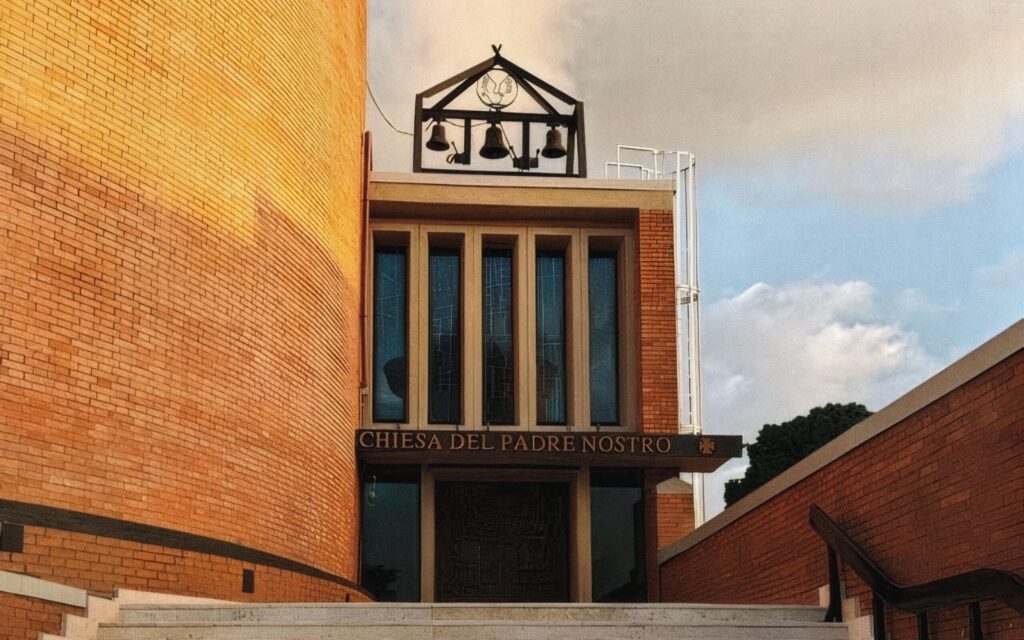The Story of Ultra Culture is the Story of Globalisation

In the spring of 2007, I found myself standing in the Cairo International Stadium, waiting for a huge tifo to be unveiled. It was the Cairo derby—the red of Al Ahly versus the white of Zamalek—and I was standing with the Ahlawy, the recently formed ultras groups of Al Ahly.
A few hundred had gathered behind the goal. Usually the Cairo derby was one of the most raucous, and in the past dangerous, in the world. But this one was different. Ahly were utterly dominant that season and had already won the title. The stadium was half full, but still perhaps 50,000 were there. A perfect opportunity for the group to unfurl their first ever derby tifo.
Standing next to me was the Ahlawy’s founder and capo tifosi Amr Fahmy; a young, charismatic football obsessive from an upper-class family who had found a common touch through Al Ahly. Around him his fledgling group included Christians and Muslims, rich and poor, men and women, covered and uncovered.
He decided to set up an ultra-group after spending time studying abroad. But it was Milan that radicalised him. It was here he had immersed himself in the supporter culture of the city that gave Italy its first ultras: AC Milan’s Fossa dei Leoni. He had, over the years, been involved in a few fledgling Ahly groups, but Amr saw them as tame compared to those in Italy.
For Amr, ultra wasn’t just a way of supporting your club. It was the only way of supporting your club; a vessel that allowed you to “go beyond”, the original Latin meaning of ultra. And it was the San Siro that had been the biggest influence on him of all. In the years ahead the Ahlawy would explode in numbers, become a thorn in the side of the security state and take on a key role in the Arab Spring revolution.
But that was all to come. At that 2007 Cairo derby the Ahlawy launched their large red tifo – with a devilish figure, a birthday cake and ‘1–6’ written at the top – honouring an infamous 6–1 defeat of Zamalek six years before. Amr looked on proudly at his creation, his little piece of Milano that he’d brought to Egypt.
In the years ahead the Ahlawy would explode in numbers, become a thorn in the side of the security state and take on a key role in the Arab Spring revolution.
The story of ultra culture is the story of globalisation. You can trace the emergence of the first ultra style fans all the way back to Uruguay and Argentina at the start of the 20th century, although both were heavily influenced by huge waves of Italian immigration. In the 1940s and 1950s Brazil’s torcidas were so influential that that the Croatian players representing the Yugoslav national team at the 1950 World Cup—awe struck by their noise and power—brought word of mouth stories home, which led to the formation of perhaps the first ultra type group in Europe, at Hajduk Split.
But ultra culture as we know it today is Italian in blood and voice. It emerged in Italy’s town squares during a period of post Second World War political and cultural upheaval, dragging the smoke and banners of street protest into the stadiums. The first Italian ultra group, the Fossa dei Leoni at AC Milan—and the group that most influenced Amr—was founded in 1968. Inter has its claim too. When the famed Argentine coach Helenio Herrera arrived in Serie A in 1960 as the coach of Inter Milan he revolutionised the game and introduced more psychological elements to his team’s preparations. Such was his quest to eke out any kind of advantage, no matter how small, that he eventually turned to the curva.
Over those years the nature of ultras changed. State control—from the hated diffide banning orders to facial recognition technology—has got tighter. Many groups shifted their politics from far left to far right. Organised crime has played a more prominent role, as did international friendships with groups across the world thanks to emerging new technologies. That same technology beamed the curve of the San Siro or the Stadio Olimpico into homes all over the planet, seeding a new generation of ultras mesmerised by the dance and the show.
The influence of the Milan curve should never be overstated. If Milano was the first ultra city (and other Italian cities still dispute that), its aesthetic and rules and song are considered the highest form of fan support in the world, the Platonic ideal of ultra culture. I have seen the influence it has had myself. In Indonesia, a teeming country of a quarter of a million people, the most populous Islamic nation on earth, ultra culture is thriving. The groups invariably use Italian names to describe themselves or their place in the stadium. The use of flares and choreography has become ubiquitous across the world. I recently travelled to Saudi Arabia where a self-styled ultra group from Al Nasr in Riyadh wore “ULTRAS” on their t-shirt and unfurled their own tifo (sponsored by a local travel firm).
But in North Africa, ultra culture took on a revolutionary zeal. Just three and a half years after I had stood with Amr at the Cairo derby, the Ahlawy were one of the biggest supporter groups in the region. More importantly the group became a bulwark against President Hosni Mubarak’s increasingly vicious and authoritarian police state. When the Arab Spring came in 2011, it was the Ahlawy—as well as other team’s ultra groups—that were on the frontlines when Mubarak was toppled.
Their songs and their aesthetic—the flares, the chants, the tifos inspired by Milan’s ultras but with a distinctive Egyptian flavour—became the aesthetic of the revolution. Travelling to Cairo in 2012 and 2013 it was striking how much the street protests of revolutionary Egypt looked like the Milanese curve.
Their songs and their aesthetic—the flares, the chants, the tifos inspired by Milan’s ultras but with a distinctive Egyptian flavour—became the aesthetic of the revolution.
Of course, the Egyptian revolution was crushed and the ultra movement was seen as so dangerous to the new regime that it was outlawed, as if it was a terrorist movement. Dozens of ultras and capos were jailed, some still lost in Egypt’s hellish industrial prison complex.
Incredibly Fahmy, who came from a family of football administrators, escaped punishment. No one ever gave him up to the police. He would later become general secretary of the Confederation of African Football, using his black and white ultra mentality to stamp out corruption and to help topple a second president: CAF president Ahmad Ahmad. For that act he was pushed out of the organisation although he plotted his return and launched his own presidential campaign.
But tragically he died of cancer in 2022, at just 36 years old, but his achievements—heavily influenced from the start by the San Siro curve—were recognised around the world. The ultras of Red Star Belgrade held a banner in his honour shortly after his death during a game, perhaps the only time the Delije has made a tifo to honour a Muslim.

Today Milan’s ultra scene looks very different. AC Milan’s Fossa dei Leoni disbanded in 2005. In late 2022, after the murder of 69 year old ultra-capo Vittorio Boiocchi, known as “the Uncle”, Inter Milan’s ultras also dissolved their groups including Boys SAN, then the oldest still active ultras group in Italy. They would now be known in the San Siro under a new, unified name: Curva Nord Milano 1969, or CN69.
Just before “The Uncle’s” death I had met with Nino Ciccarelli, the notorious Inter capo. Nino had an extensive rap sheet, had been in and out of jail and subsequently banned from attending Inter matches for years. When Inter played he was signing in at the police station but had decided to make the best of a bad situation. Before his trip to the police station he would have a drink on Instagram, videos he hashtagged #aperinino. And so we drank and talked next to the Duomo cathedral. He got emotional when I mentioned Fabrizio Piscitelli, the Lazio capo who had been murdered a few years before and whom I had met shortly before his death. Nino talked about the golden days of the 80s and 90s, when they led a “revolution” from the terraces.
But ultras have always been about youth and the young. It seemed that, today, the capos were getting older, the scene getting more dangerous. The energy of the curve came from the fact that at some point, you become too old to dedicate everything, to go beyond, for your team. Life gets in the way. And so a new generation floods in to replace the old. Without youth, ultra culture dies.
It is true that the spirit of Milan’s curve also exists far from Italy, among the young ultras on every continent influenced by what goes on in the San Siro. In February 2024 I noticed that Nino had posted a video on his Instagram stories (he is prolific on social media, unlike Diabolik who hated it). He was with a group CN69 ultras filming a music video with Kanye West, who now calls himself Ye. In one of the unlikeliest musical collaborations of all time, chants from ultras on the Curva Nord appeared on Ye’s new album Vultures 1, which the ultras reportedly received writing credits for. For a few moments at least, the city’s ultras seemed just as vital as ever.




